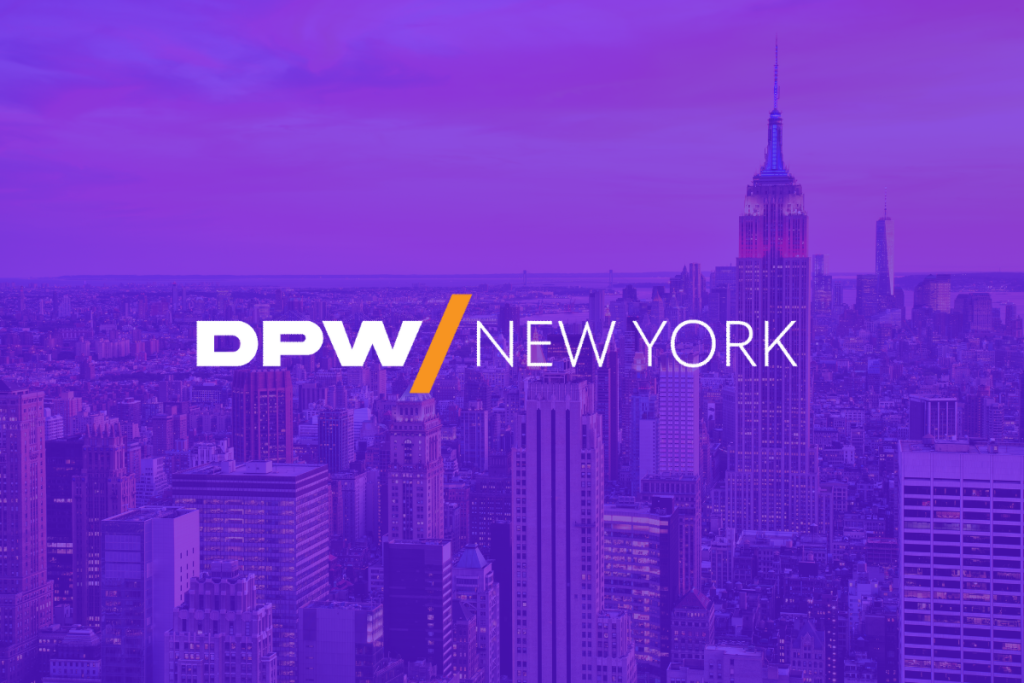Artificial intelligence is shifting from algorithmic number-crunching to spatial, sensor-rich reasoning. At the DPW New York conference this month, Estée Lauder’s Vice President Jay Koganti argued that the companies quickest to harness this shift will move procurement and supply-chain planning out of the back office and into a board-level cockpit of real-time, AI-first orchestration.
AI Moves Into Physical Operations
Koganti said supply chains are entering a new phase of AI adoption, one where intelligence moves from dashboards to the physical world. Tools once focused on forecasting and analytics are now layering AI into spatial computing and extended reality, enabling real-time decision support on factory floors, in warehouses, and across supplier networks.
Supply chains account for up to 30% of GDP and employ hundreds of millions globally. Yet AI’s impact remains uneven, Koganti said. Emerging tools like foresight functions in planning systems and semantic AI models are changing that, generating scenarios and weighing trade-offs with speed and consistency. But human oversight remains essential. “You can have the right signal,” he noted, “but the decision still depends on context.”
Autonomous Agents, Vision, and Scope 3
Koganti pointed to autonomous agents as the fastest-growing AI application. These systems can handle routine functions in pricing, shipping, and procurement—each acting as a digital worker with a defined scope. AI agents are already managing demand forecasts and fulfillment in high-velocity environments. Gartner expects half of routine business decisions to be handled this way by 2027.
Computer vision and robotics are also accelerating adoption. With over nine billion cameras globally, many in phones, vision-enabled replenishment and shelf-scanning are becoming viable at scale. In sustainability, AI is improving real-time tracking of Scope 3 emissions and simplifying carbon reporting obligations.
Quantum computing remains early-stage but could compress optimization tasks from hours to seconds. As these tools evolve, Koganti said, roles that once required transactional muscle, matching invoices, time-slotting trucks, will tilt toward oversight, scenario framing and exception handling. Trust, not headcount, becomes the scarcest resource.
Guardrails Before Gain
As AI agents take over more planning and procurement tasks, most suppliers, especially Tier 2 and Tier 3, lack the digital infrastructure to interface with these systems. While large enterprises automate sourcing and forecasting, their upstream partners often operate in spreadsheets or outdated ERPs. Without real-time data from the full supply base, AI decisions risk being built on partial or lagging inputs. For companies, this means that scaling AI impact isn’t just about deploying smarter tools internally, it requires elevating the digital readiness of the entire supplier network.



